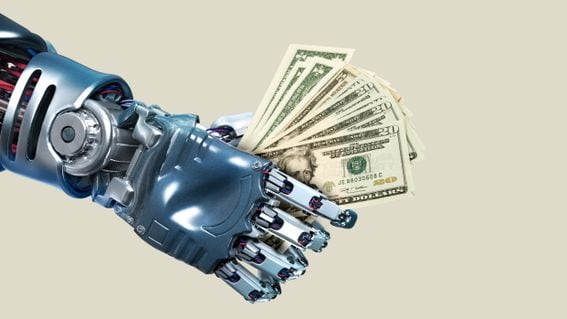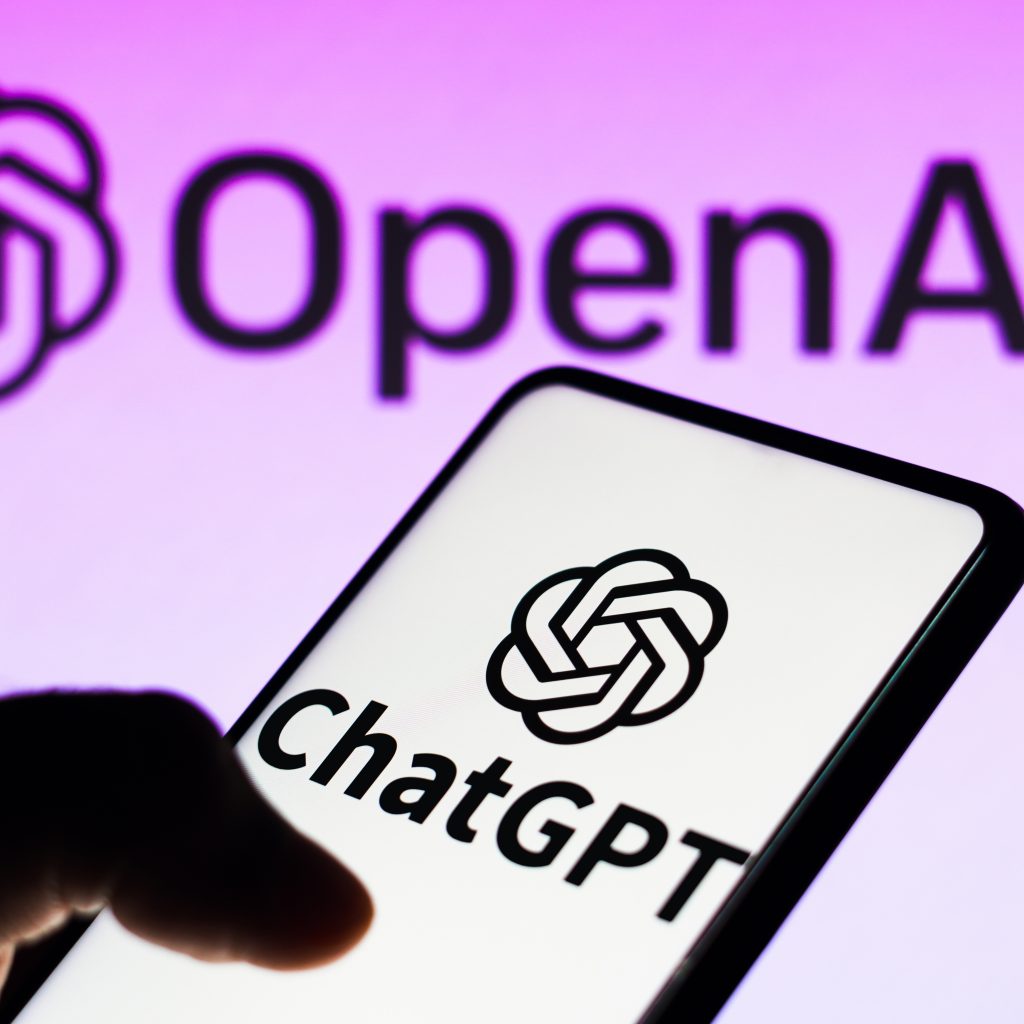According to experts, the increasingly fast-paced world of artificial intelligence (AI) technology is expected to shift toward more accessible platforms. This speedier problem is handled based on data accumulation tendencies within the information technology and communication industry (ICT), where prices have decreased over time.
Historical trends in the ICT sector
The Information and Communication Technology (ICT) sector has undergone a big shift in price reduction through the years, with a major decrease in the prices of the different components, with hardware, i.e., mobile phones, computers, and mobile communication, being a highlight.
The decrease in chip price is due to leadership in the semiconductor manufacturing sector; this manufacturing directly follows Moore’s law. Currently, the semiconductor industry is experiencing a downward trend in terms of pricing.
A notable impact is the increasing affordability of PCs, tablets, and mobile phones for home users. This trend has been magnified and embraced by projects powered by free services such as open source or by other advertising-driven models; hence, it is no wonder that democracy has invaded technology, too.
As more AIs are trained on microchips, pricing for semiconductor production will also be influenced, causing similar effects for AI overall. The fall in semiconductor prices might also be seen as the imminent decrease in AI infrastructure prices, leading to cheaper AI services for businesses and other consumers worldwide.
OpenAI’s GPT-4 turbo: A case in point
By the end of November, the AI’s OpenAI developers created GPT-4 Turbo, a model with a batch size of 128 people who can do the job of 512 people but at a very low cost compared to the preceding GPT-4.
This decision of OpenAI represents one of the major trends in the market regarding the use of affordable AI systems to deliver products to customers. As with the GPT-4 Turbo’s initial price, though it may have been set higher initially, it conforms to the broader trend of falling prices in parts of the ICT sector.
Despite that, companies hold the enthusiasm and produce more advanced stuff even if they do not have a reduction in their price tags. In contrast, the announcement of the next release of a text-based AI tool called GPT-5, made by OpenAI in the summer of 2024, demonstrates the ever-changing nature of this tool. However, AI applications focus on more complex models that are also likely to be costly. They demonstrate the sustained investment in AI infrastructure and technology.
Future outlook
AI specialists continue to be confident about the presence of cost-effective AI services in the near future. With the declining costs of computing equipment and engineers optimizing AI algorithms, AI services will effectively reach a climax of becoming cheaper.
Additionally, AI has become part of different industries that increase efficiency and automation and decrease the expenses connected with graphic user interface design, tech support, and financial division.
A review of the IT industry’s long-run trajectory and the recent innovations in AI technologies illustrate an AI future that is increasingly cost-competitive and widely accessible. Although OpenAI and other companies are more at the forefront of the battle with the use of cost-effective strategies, future research and advancements in semiconductor technology are also expected to lower costs to a considerable extent.
As enterprises and individuals can use AI to solve sophisticated problems and ignite innovativeness, this is the initial step towards a more accessible future of technology among the people.
News sourced from:THINK economic and financial analysis





